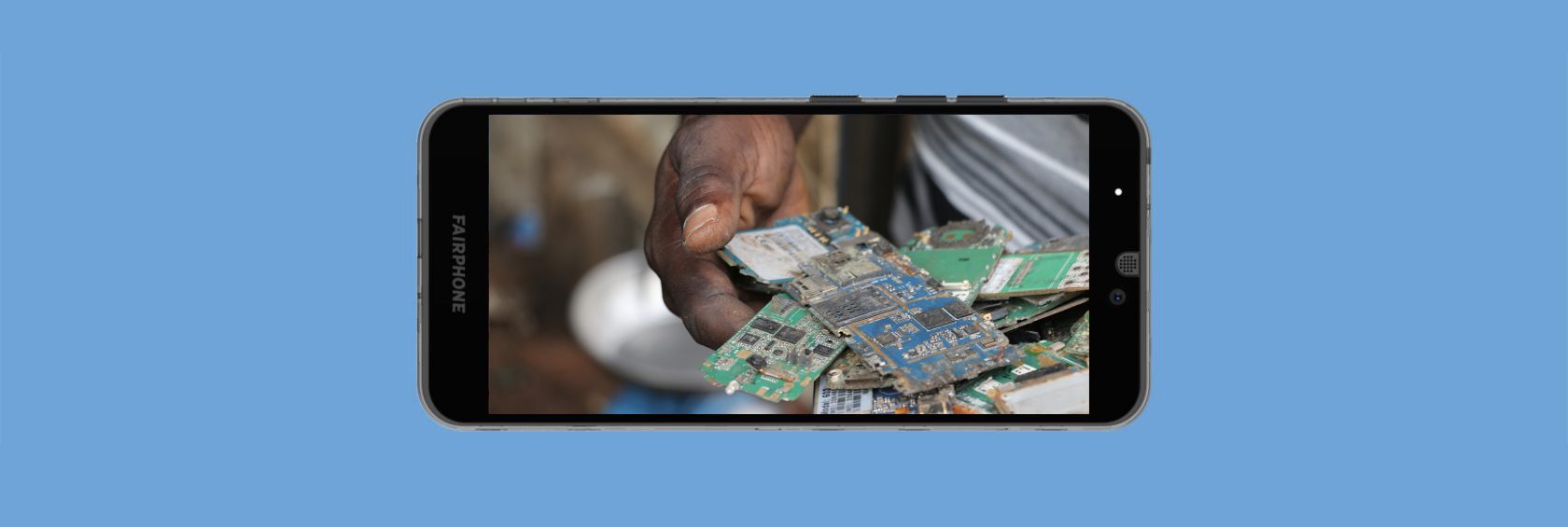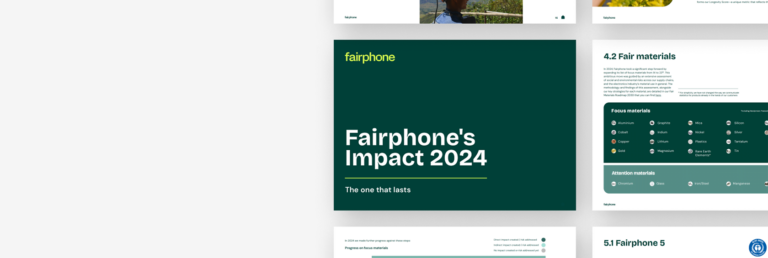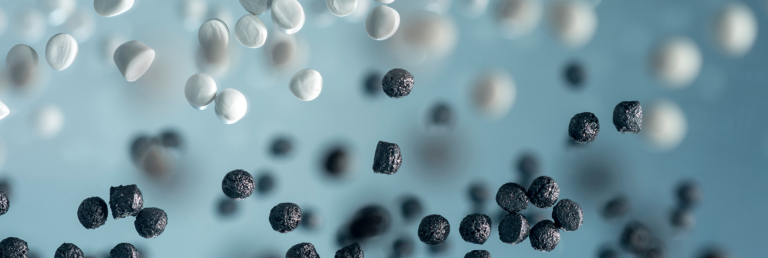Fair Materials 101: Why recycling isn’t enough
Many people mistakenly believe that we can achieve a circular economy simply by improving how we recycle the things we buy. We’re told over and over again, that if we buy a new phone, use it till it breaks, then turn it over to the recycling robots, they will return every part to its original element, which can then go into the creation of a new laptop. Or a hairdryer. Or a car.
Is there an answer?
For some recycling, that vision isn’t too far off. The stuff that makes up industrial or “pre-consumer” waste tends to be raw materials that can be, and usually are, repurposed and reused. And because this kind of waste generally has an economic value, the industry is pretty good at minimizing what goes unutilized.
But the closer you get to a finished product with multiple materials and complex assembly, the harder and more expensive it becomes to recycle. This is true for many end-of-life or “post-consumer” products – typically the type of recycling many of us think happens after we let go of our product. Except, that it’s not so common, yet. For electronics, with their mix of plastic and metals, recycling is a time-intensive, expensive, sometimes dangerous prospect.
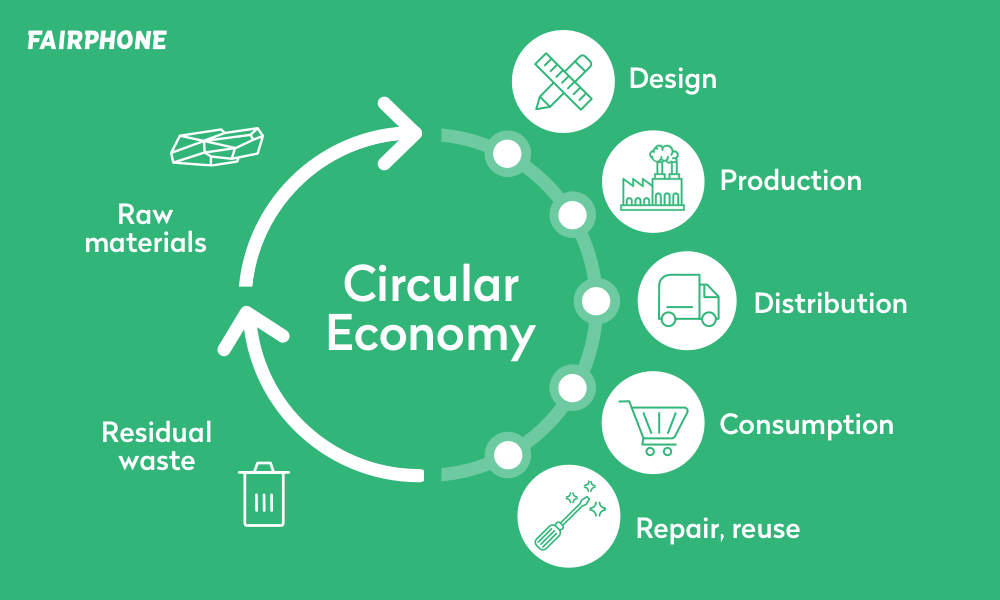
Therefore, the key bottleneck is in the effective recycling of post-consumer waste. Only a minor share of the products that reach the end of life is effectively recycled. This is part of the reason why recycling just isn’t enough and why new business models, designing longer-lasting products as well as enabling the repairability, re-use or remanufacturing of products and components are necessary in order to optimize post-consumer recycling capabilities.
Shoebox, landfill, recycle
Waste from the electronics sector (e-waste) is growing fast. In fact, it has been defined as the world’s fastest-growing waste stream. But the collection and recycling are far behind. As we’ve mentioned in a previous blog, in 2019, only 17.4% of the electronic waste that the world generated is known to have been collected and recycled (1). The fate of the remaining 82.6% is undocumented, but we can guess where much of it is: shoeboxes and landfills.
At Fairphone, our Take Back and recycling program (currently “under construction” as it’s being recycled to be better), is our way of trying to get phones out of those shoeboxes before they end up in a landfill. However, even if every single object we make went to the recycler, the process still wouldn’t look like the recycling logo with those tidy green arrows moving in a perfectly contained circle. It’s way messier.
We choose to recycle, but…
We source many recyclable materials for the Fairphone and for certain key materials that lack efficient recycling pathways, we explore options to enable the recovery of materials from our products: we pilot and develop appropriate, scalable recycling routes and incentivize increased recycling rates by sourcing post-consumer recycled materials. In a nutshell, we constantly innovate and find alternate solutions.
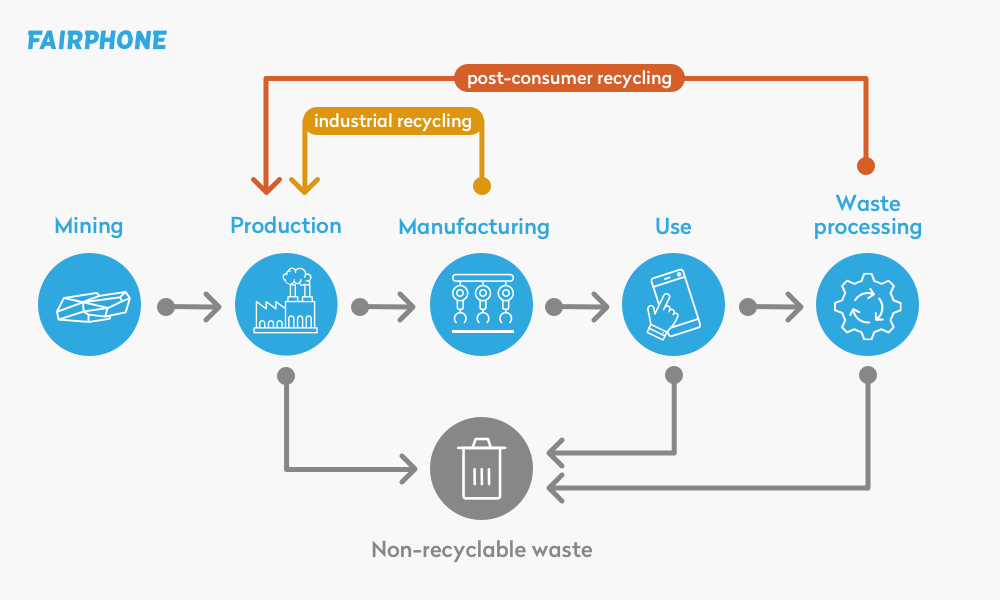
We, and the electronics industry as a whole, are well-positioned to influence higher recovery rates through design, and the demand for and use of post-consumer recycled materials can help incentivize proper recycling. But everyone needs to pitch in — from governments to industry to individuals — to push up the percentage of waste that gets recycled.
Yet, with today’s materials and technology, only 45.1% of the materials in a Fairphone can be recovered, and that is only when the most optimal recycling routes are applied. While this is more than many other products given our modular design, we can’t compare these data yet as few of our industry peers publish recyclability studies.
It’s time to step it up
So what’s the answer? Some of them we’re still waiting for, but in short:
We will continue to have waste and increased e-waste until every aspect of product design and manufacturing treats non-recyclability as an unacceptable flaw.
We need innovative business models that thrive on circularity and ensure recycling and the use of recycled materials is built into every product’s costs and design.
We would love to see more companies do as we do and seek out, support, and publicize sources for recyclable materials and reusable parts. We would love to see more manufacturers make products the way Fairphone does – with modular design for easy repair and longer life cycles. However, we are realistic and know that 100% recyclability is impossible, but it does need to become better than it currently is. These are critical ways to both minimize waste in the short term, and buy us time while the circular economy evolves and becomes just as critical as the air we breathe.
(1) UNU (2020) The Global E-waste Monitor 2020: Quantities, flows and the circular economy potential. Forti V., Baldé C.P., Kuehr R., Bel G. United Nations University (UNU)/United Nations Institute for Training and Research (UNITAR) – co-hosted SCYCLE Programme, International Telecommunication Union (ITU) & International Solid Waste Association (ISWA), Bonn/Geneva/Rotterdam.
